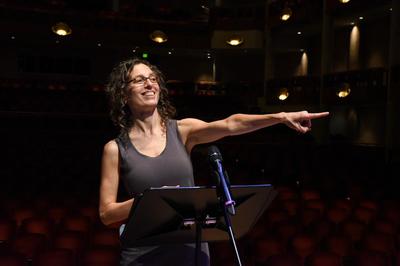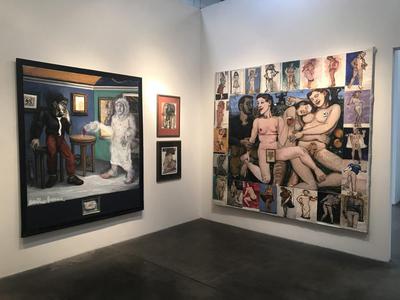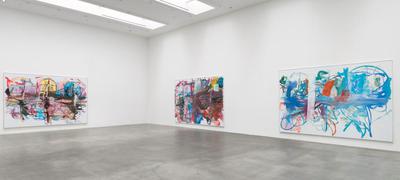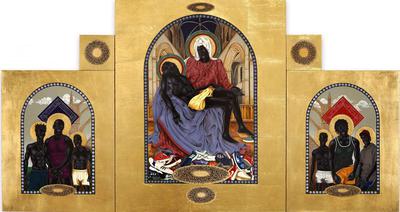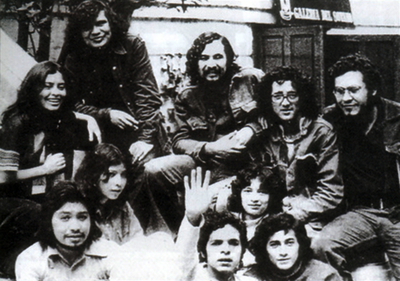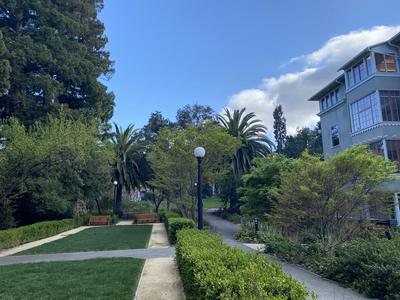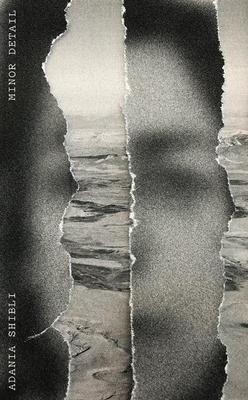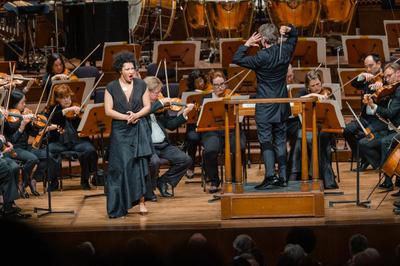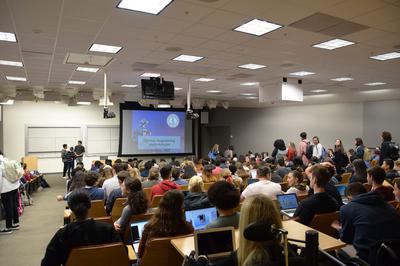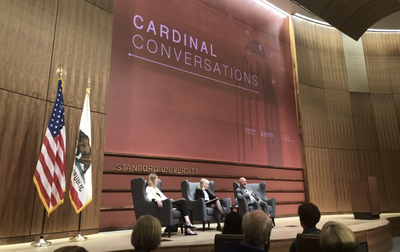
A Ruse Against Death in “Zabor or The Psalms”
Writing about writing and telling stories about stories — these kinds of narratives can feel circularly post-modern. But, as it turns out, they are actually quite conventional and ancient. Homer’s The Odyssey, the vaunted paterfamilias of storytelling in the West, is an epic whose hero’s primary genius is not as a warrior or leader, but as a storyteller.
